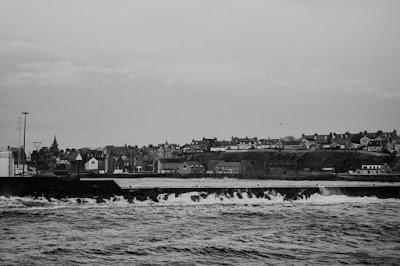Why Talk To A Sub Sea Installation Engineer?
A Subsea Installation Engineer is the only person who can plan a massive cable installation across miles and miles of ocean. Placing an outpost in the middle of the ocean is a complex endeavor, and you need a connection that will give you instant access to your remote crew. The people who man these platforms are often so far from home that they cannot see land, and these workers deserve to know that they can get in touch with people on land. Plus, your company needs to receive data from that platform during the course of the day. A fiber optic cable network can be installed on the ocean floor from the shore all the way to your platform, and the job can be done using the most advanced technology in the industry.
How Does The Engineer Plan Your Installation?
The engineer must know where your cables will start, where your platform is, and what the ocean floor looks like between those two points. The general public often forgets that the ocean floors is a long series of mountains and valleys that simply happen to be covered by water. Because of this, the engineer needs to create a cable network that can traverse hundreds of miles of oceanic ridges, valleys, and hills. Plus, the cables must be designed to give the proper speeds along with durability.
Small submarines that use remote controls are sent into the ocean to pull the cables to the bottom, guide the cables, and chart the course of the cables. You need a map of the cable installation because you need to know how to reach those cables in the future if they are damaged. The installer will use the boat to guide the submarines, and that boat will eventually reach your platform. The cables are connected on both ends, and the network must be tested for speed and performance. The engineer will show you a map of your Fiber Optic Cable Installation that explains where your cables will go, how long the cable will be, and how it will be installed. When you have approved the job, the engineer will bring together a team that will lay the cables on the bottom of the sea for you.
The Installer Uses Submarines
You have likely ordered a high-speed connection that is supposed to upload and download at particular speeds. When you test the system, you are checking for those speeds. The network will be secured by your installer, and the network will be serviced by the installer if there is ever any damage or lagging. You should report any problems that you detect in the system.
How Is Service Completed?
Routine service is needed to ensure the network does not break down, but you need to ask your fiber optic when it might be time to change the network, update the network, or complete major repairs to your connection. Allow the engineers to show you what they would do in your situation, and plan your services accordingly. You can maintain a connection with the rig, lab, or platform that you have placed at sea. Plus, you do not need to worry about losing the signal because a wired connection cannot be stopped by storm, solar wind, or satellite malfunctions.
Service on a massive cable system is done by the same submarines that installed the cables. These cables are often very thick, and they are very difficult to damage. If there is damage, the care will go to the location of the damage, the submarines can pull the cable to the surface, repairs can be completed, and the cable is put back in its place.




Comments
Post a Comment